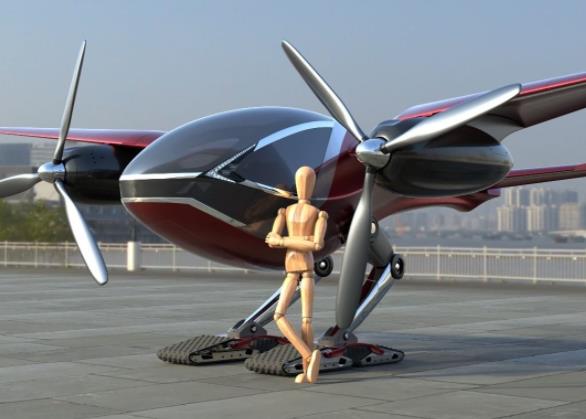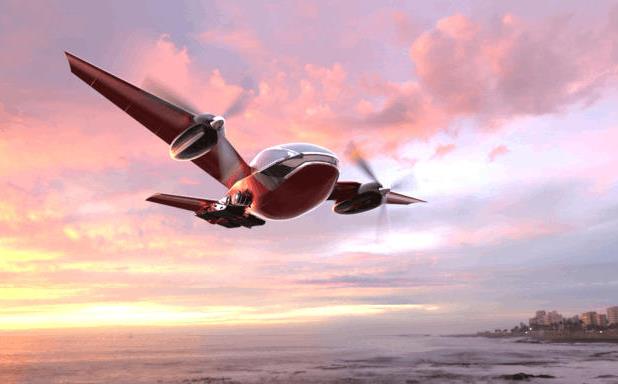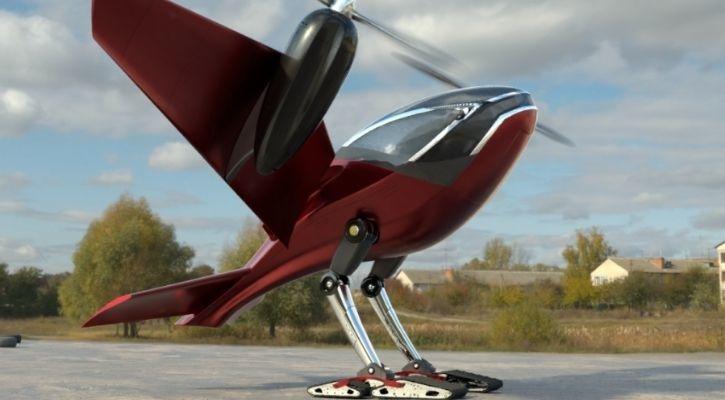Radical and innovative ideas mark the era we are dwelling in. The air transportation industry is undergoing radical changes. Changes that were previously thought to be science fiction are now a reality and are available for all to see. Air taxis are one such innovation. Having said that, air taxis with wing designs, propulsion technologies and flight endurance are somewhat familiar, but PHRACTYL is something out of the box even by the standards of the 21st century, a bird that has mistakenly grown a pair of propellers is what it looks like.
It is no hidden fact that birds have been the inspiration for humans to make endeavours to go airborne. After the successful trial carried out by the Wright Brothers, winged flights became the standard method to fly. What engineers from PHRACTYL have done is intriguing. They have ditched the fixed wings for a unique design that resembles a bird’s wing. The wings are not the only thing on the PHRACTYL that resembles a bird; the tail and the landing gear are no different, giving the aircraft the appearance of a bird.

To work towards a greener and cleaner aviation future, the team of PHRACTYL took its inspiration from nature. Such inspiration has been sought in the past, but making practical stereotypes of such ideas is challenging. So, the engineers of PHRACTYL intend to do the tricky part as well. However, the EV and batteries revolution around the globe is not at the level where it can power such aerial vehicles. So, the team of engineers came up with the Macrobat.

The Macrobat will use its legs to lift the passenger pod, and then it will create the required angle for taking off by tilting itself backwards. It would then go airborne using its propulsion system. The lift-off of the Macrobat is not going to be a straight-up affair; that is exactly why it does not fall under the ambit of VTOL but NVTOL (Near Vertical Take-Off and Landing), a term coined by the team of engineers who developed the Macrobat.
Once airborne, the landing gear would close in, reducing the drag effectively and resultantly, the Macrobat will fly like any other plane. The team says that the Macrobat will weigh in at 330 pounds (150 kg) payload with a top speed of 111 miles an hour (180 kph).

The unique design of the aerial vehicle will make the landing at rough terrains a considerably easier task. But it should be kept in mind that the landing has to be attempted at a very slow speed. If the landing is attempted not at a very low speed, there is a probability for the aircraft to topple because of its momentum.
With so much potential, we can’t wait to see more updates on the Macrobat and bring you more as they come along.


